For businesses to thrive in today’s economy, finding and retaining rockstar employees is crucial. When turnover is high, employers face the increased costs associated with recruiting, hiring and training replacements. There are also the costs that are hard to quantify – declines in productivity, low morale, and damage to company culture.
With a national unemployment rate of 4.4%, you’re competing for talent regardless of your industry. That’s why it’s more important than ever to make the necessary changes within your company to improve employee retention. Get started today with these nine ways to manage high turnover at your company:
< strong style="font-size: 28px; background-color: transparent;">1. RECOGNIZE & REWARD HARD WORK
This is one of the most influential ways to keep your best performers around. < em>Everyone< /em> wants to feel valued and appreciated for his or her hard work, and everyone wants to know that his or her work makes a difference. Consider implementing a rewards system with incentives like extra cash or an extra day off for employees that go the extra mile. Don’t forget to give regular feedback to employees, show respect at all times, and thank them often for their hard work.
< em>Photo Credit: Adobe Stock/ndoeljindoel< /em>
2. CONSIDER THE WORK ENVIRONMENT
Once people are paid well, they look for more meaning at work: Is this job taking advantage of my skills? Does my employer value me? Is the environment inclusive and diverse? Does this company do work I feel proud of? If the answer is no to any of those questions, you can bet that employee will look elsewhere for more meaningful work. Reducing employee turnover is dependent on the work environment you provide.
< strong style="background-color: transparent;">3. COMPENSATION
It’s necessary for this labor market to offer a competitive wage. However, remember – overcompensating people won’t make up for a poor work environment.
< em>#ProTip: Try motivating new hires by offering a raise within the first six months based on performance.< /em>< em> < /em>
4. CONSIDER THE BENEFITS
Bonuses, paid time off, health insurance, retirement plans, tuition reimbursement, and other benefits can distinguish one workplace from another. They’re also essential in today’s labor market, as a survey from 2015 found that four out of five workers say they would prefer new benefits over a pay raise.
< strong style="background-color: transparent;">5. PROVIDE JOB STABILITY
Most people want some stability with their employment. While it’s common for companies to need temporary help because of demand (especially in Q4) – there are a few ways to improve. Try offering a bonus to temps after they finish the job, or offer permanent employment within the company after the temporary work is completed.
< em>#ProTip: If you are working with a staffing agency, let them know you will need temporary help 2-3 weeks in advance, so they have adequate time to recruit qualified candidates.< /em>< em> < /em>
6. BE FLEXIBLE
More than one third (35%) of low-wage workers are caring for children. This means that on top of working a full-time job, they’re also juggling a million responsibilities at home while also navigating rising costs of the things necessary to a family: rent, heat, clothes, medicine, food, and transportation. If possible, offer employees the option to be flexible with their schedules. Employees want to stay with a company that knows the importance of family.
< em>#ProTip: Consider providing paid maternity leave (or childcare at your workplace) as an extra benefit.< /em>
7. CROSS-TRAIN EVERY EMPLOYEE
When you focus on teaching your employees new skills, you’re expanding the skill set within your organization. It also prevents burnout and shows that you genuinely care about the career growth and learning opportunities available for your employees – something that is worth more than money.
< em>#ProTip: Cross-training can help your company staff more strategically, only bringing in temps when necessary.< /em>
< em>Photo Credit: Adobe Stock/ndoeljindoel< /em>
8. IMPROVE WORKPLACE COMMUNICATION
You’ve probably heard the saying, “People don’t leave jobs – they leave managers.” A huge way to improve employee retention is to improve communication from upper-level management down to the warehouse floor. Ask your employees for feedback regularly, and make it a point to get to know them. Check out this list for more ideas on how to improve communication in the workplace.
< em>#ProTip: Establish an open door policy where the manager, CEO, president, or supervisor leaves their office door “open” to encourage communication, feedback, and transparency with the employees of that company.< /em>
9. PROVIDE OPPORTUNITIES FOR ADVANCEMENT
No one likes to feel like he or she are stuck in a dead-end job. Publicize vacancies within the company and make it clear that there is equal opportunity for advancement based on performance. Everyone should have the chance to succeed if he or she works hard enough – isn’t that what the American Dream is all about?
< em>Have any tips of your own on how to manage high employee turnover? Leave them in the comments below!< /em>


.jpeg) < /em>
< /em>